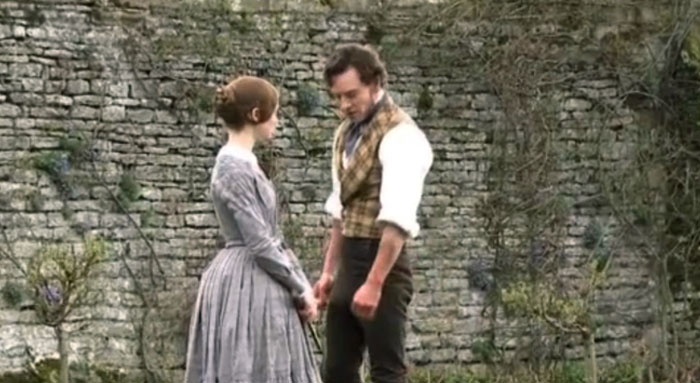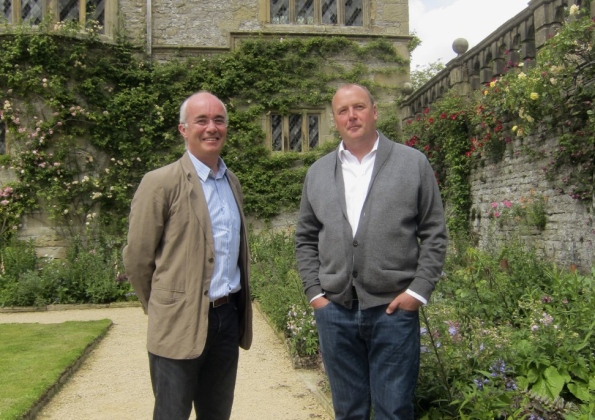
|

|

|

|

|

|

|

|

|

|

|

|


"Jane Eyre" sets scene for revival of historic garden
The latest big screen version of Jane Eyre is set to have a dramatic impact on one of the area's most historic houses.
But it is the garden rather than Haddon Hall itself that is being transformed thanks to location fees paid by makers of the film, starring Mia Wasikowska and Michael Fassbender, which is due for release in September.
Haddon, acknowledged as England’s most perfect surviving medieval house, is being gradually restored under the care of its present incumbent, Lord Edward Manners. But the famous terraced gardens have received little more than basic maintenance over the last century – until now.
All visitor income is ploughed back into the upkeep of the property, near Bakewell. But Haddon’s latest appearance as Thornfield Hall has brought a welcome boost to the coffers, enabling work to begin on a three-year replanting project.
Acclaimed garden designer Arne Maynard is in charge. He believes a garden should draw out the essence of its setting.
In Haddon’s case, that includes restoring elaborate Rennaissance gardens which have lost much of their character.
“When I first saw these gardens, scattered with their floribunda tea roses and park-like borders, it struck me that all references to their past had been lost,” says Arne. “They had a municipal feel, entirely out of place in the Peak District.”

His solution is to create a modern interpretation, echoing the Elizabethan hall but at the same time seating it firmly in the local landscape.
Work has begun on the Fountain Terrace. More than half the profusion of roses and delphiniums have been removed, along with anachronistic colours. In their place are herbaceous borders in shades of pink, blue and heathery mauve.
A flowery mead, studded with wild orchids, aquilegia and other native flora, resonates with the open countryside beyond. In the centre of the garden the corners of the fountain pond have been bracketed by cubes of copper beech, a trademark of Arne’s work.
Next year the focus will switch to the upper Bowling Terrace, where a knot garden will be restored with traditional plants used for eating, medicinal purposes or even dying cloth.
And in 2013 the lower and upper terraces will be replanted with meadow species and fruit trees.
Lord Edward admits he is no gardener – “Don’t ask me anything about flowers!” – but he loves gardens and is pleased with the results to date.
“It’s so exciting: the beginning of a whole new era,” he says. “It had got to the point where it really needed some change, to be revived a bit. Hopefully this will make the difference.”
The public can see the work in progress this year. There will also be a chance to see some of the grounds for the first time during garden open days each Friday until the end of September.
“For example it means they can now walk down to the river and over Dorothy Vernon’s Bridge,” says Lord Edward.
“It’s a chance to explore parts of the garden that aren’t usually open. People have been very appreciative.”
The Source
